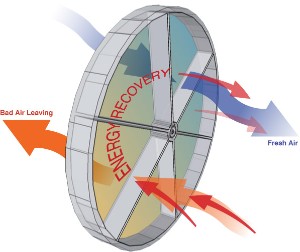Tag: quality air
-

Quality Indoor Air with the Help of ERVs
Because High Performance buildings, like Passive Haus homes, are so air tight, the quality of the air within is a critical consideration. Whether we are at home, at work or in other public buildings, we are exposed to many indoor air pollutants. These pollutants can cause minor health issues such as headaches, eye irritation, allergies…
